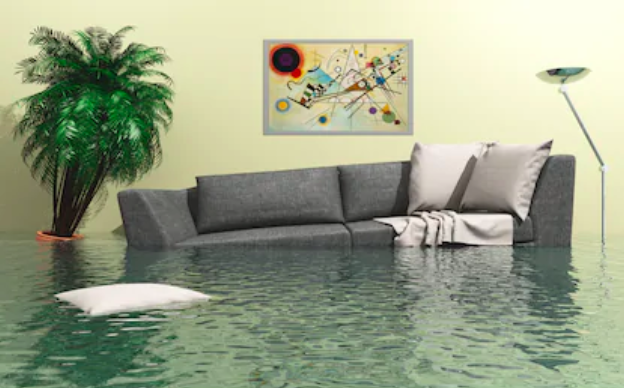How Can Landscaping Prevent Water Damage in Addison Homes?
Water damage is a significant concern for homeowners in Addison, TX, especially during heavy rains and storms. Proper landscaping can play a crucial role in preventing water damage by managing and directing water flow away from your home’s foundation. By strategically designing your landscape, you can minimize the risk of water intrusion, protect your property, and enhance your home’s overall appearance.
What Are the Best Plants for Water Absorption?
Selecting the right plants is essential for effective water management in your landscape. Certain plants are better suited to absorb excess water and reduce soil erosion, making them ideal for preventing water damage.
Native plants, such as switchgrass and black-eyed Susan, are excellent choices for Addison’s climate. These plants have deep root systems that can absorb significant amounts of water, reducing runoff and helping to stabilize the soil. Additionally, they require less maintenance and are more resistant to local pests and diseases.
Other good options include ornamental grasses and ground covers like creeping phlox and sedum. These plants spread quickly and cover large areas, providing a natural barrier against soil erosion and helping to manage water flow.
How Can You Design Effective Drainage Systems?
An effective drainage system is essential for preventing water from pooling around your home’s foundation. There are several landscaping techniques you can use to create efficient drainage systems:
- French Drains: A French drain is a trench filled with gravel and a perforated pipe that redirects water away from your home’s foundation. The pipe collects and channels excess water to a safe drainage area, such as a storm drain or a dry well.
- Dry Creek Beds: Dry creek beds are shallow trenches lined with rocks and pebbles that mimic the appearance of a natural stream. They help channel water away from your home while adding aesthetic value to your landscape.
- Swales: Swales are shallow, vegetated channels that slow down and direct water flow. They are often used in conjunction with other drainage systems to manage large volumes of runoff.
- Rain Gardens: Rain gardens are shallow, planted depressions designed to absorb rainwater runoff from roofs, driveways, and lawns. By planting a variety of native plants in these areas, you can create a beautiful garden that also helps manage water effectively.
What Role Do Rain Gardens Play in Water Management?
Rain gardens are an excellent addition to any landscape design, especially in areas prone to heavy rainfall. These gardens are specifically designed to capture and absorb rainwater, reducing runoff and preventing water from accumulating around your home’s foundation.
To create a rain garden, select a low-lying area in your yard that naturally collects water. Dig a shallow depression and fill it with a mix of native plants that thrive in both wet and dry conditions. The plants’ root systems will help absorb and filter the water, while the garden itself will act as a temporary holding area for excess rainwater.
Rain gardens not only help manage water effectively but also support local wildlife by providing habitat and food sources for pollinators and other beneficial insects.
How Important Is Regular Maintenance?
Regular maintenance is crucial to ensure that your landscaping features continue to function effectively in preventing water damage. Here are some essential maintenance tasks:
- Clean Gutters and Downspouts: Ensure that your gutters and downspouts are free of debris to allow water to flow freely. Clogged gutters can lead to water overflow, which can damage your roof and foundation.
- Inspect Drainage Systems: Regularly check your French drains, dry creek beds, and swales for blockages or damage. Remove any debris and make necessary repairs to keep them functioning properly.
- Trim Plants and Trees: Overgrown plants and trees can block water flow and contribute to water accumulation. Regularly trim and prune your plants to ensure they do not obstruct drainage paths.
- Check for Soil Erosion: Inspect your yard for signs of soil erosion, such as bare patches or exposed roots. Add mulch or ground cover to stabilize the soil and prevent further erosion.
- Monitor Plant Health: Healthy plants are more effective at absorbing water and stabilizing soil. Regularly water, fertilize, and monitor your plants for signs of pests or diseases.
Proper landscaping is a powerful tool in preventing water damage to homes in Addison, TX. By carefully selecting plants, designing effective drainage systems, and maintaining your landscape, you can protect your home from water intrusion and enhance its overall beauty. Implementing these landscaping tips will not only safeguard your property but also contribute to a healthier, more sustainable environment.

 Get To Know Us
Get To Know Us








 We Offer Financing
We Offer Financing




